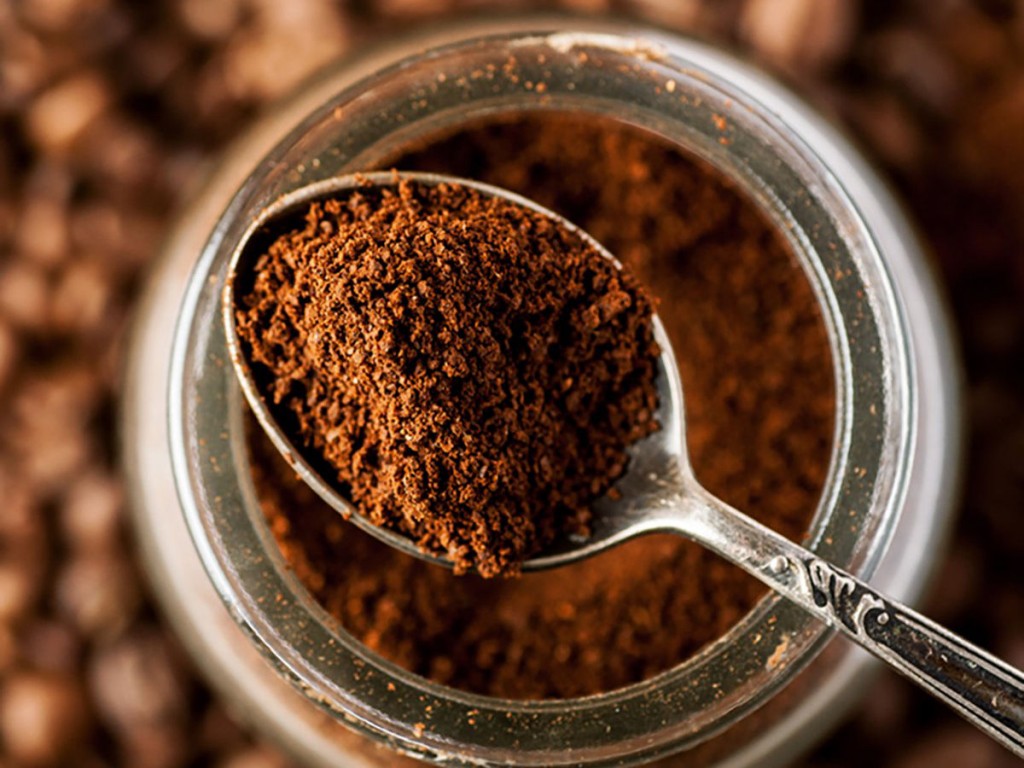The world’s biggest coffee exporter is facing some of the coldest weather in more than 25 years, dimming hopes for the harvest and threatening to raise prices for the popular beverage.
Temperatures in Brazil’s coffee-growing regions fell below zero Celsius (32 Fahrenheit) for hours on Tuesday, with southern Minas Gerais the coldest since 1994, according to Rural Clima. The freeze is forecast to continue in the southernmost part of the country Wednesday while another cold front is expected for July 29. Futures in New York jumped as much as 7.7% to the highest since 2016.

Francisco Cesar Di Giacomo, a farmer in Sao Goncalo do Sapucai in Minas Gerais, said frost affected about 60% of his plantings. “In some areas of the farm, it burnt all the crop,” Di Giacomo said by text message.
Frost may burn leaves and branches on trees, reducing the outlook for 2022 and dashing hopes for a bumper crop that would replenish stockpiles. That’s especially significant because coffee trees are on a two-year cycle and are set to produce more next season.
Many fields were already pruned last year to produce in 2022, and now will have their potential output reduced, said Regis Ricco, a director at RR Consultoria Rural. After the drought and frosts, next year may be the worst high-yield cycle in decades, he said.
The last two frosts are jeopardizing between 1 million to 2 million bags from Brazil’s 2022-23 crop, according to a survey conducted of exporters and agronomists by Minas Gerais-based Cazarini Trading.
A drought earlier this year slashed production of arabicas, the type of bean favored by Starbucks Corp. In northern areas of Sao Paulo and Triangulo Mineiro, in Minas, soil moisture is around 20%, way below the 60% needed for crop development, according to Rural Clima. There are also signs of lower productivity this season as well for Brazil’s robusta beans, used by companies such as Nestle SA in its Nescafe instant brands that are in higher demand during the pandemic.
The odds for La Nina’s return at 45% between August and October, 55% from September to November and 62% from October to December, according to the U.S. Climate Prediction Center. There’s little cushion—the U.S. Department of Agriculture sees inventories in Brazil ending the season at the lowest level in data going back to 1960 and U.S. green-coffee stockpiles are down 18% from a year ago.
With all the upheaval, a La Nina’s return “would likely inject new impetus to prices,” said Hernando de la Roche, senior vice president for StoneX Financial Inc.
The weather woes add to shipping delays from Colombia due to political unrest and soaring freight rates that have made it more expensive for traders to move beans around the world.
For Carlos Mera, Rabobank International’s head of agricultural research, all weather issues have been priced in, at least for this year’s output. However, the prompt return of rain for next year’s harvest will be “fundamental” for supply prospects, he said.
Even with a big chunk of the harvest done, buyers are having a hard time finding beans in the spot market, said Ricco, who sees arabica output this year at about half of last year’s total.
Daniel Daianas Ribeiro, a 42-year old farmer who cultivates about 2,000 hectares of coffee in Sao Paulo and Parana with his family group, has reduced his crop estimate by 25% to 30% since the harvest started in May.
Disappointing Harvest
The current harvest is already disappointing. The drought has damaged beans, making them smaller or hollow. As a result, on average farmers need 600 liters (158.5 gallons) of beans to fill one 60-kilogram bag, instead of the usual 450 to 500 liters, said Judy Ganes, a consultant who has covered the market for more than three decades and just returned from touring the crops in Brazil.
“Some people dont want to believe how bad the situation is, and they keep inflating last year’s crop, saying there’s plenty of stockpiles,” she said.






_-_127500_-_3c040b6cb8335b4cad39477f7f55a34202568c96_lqip.png)

